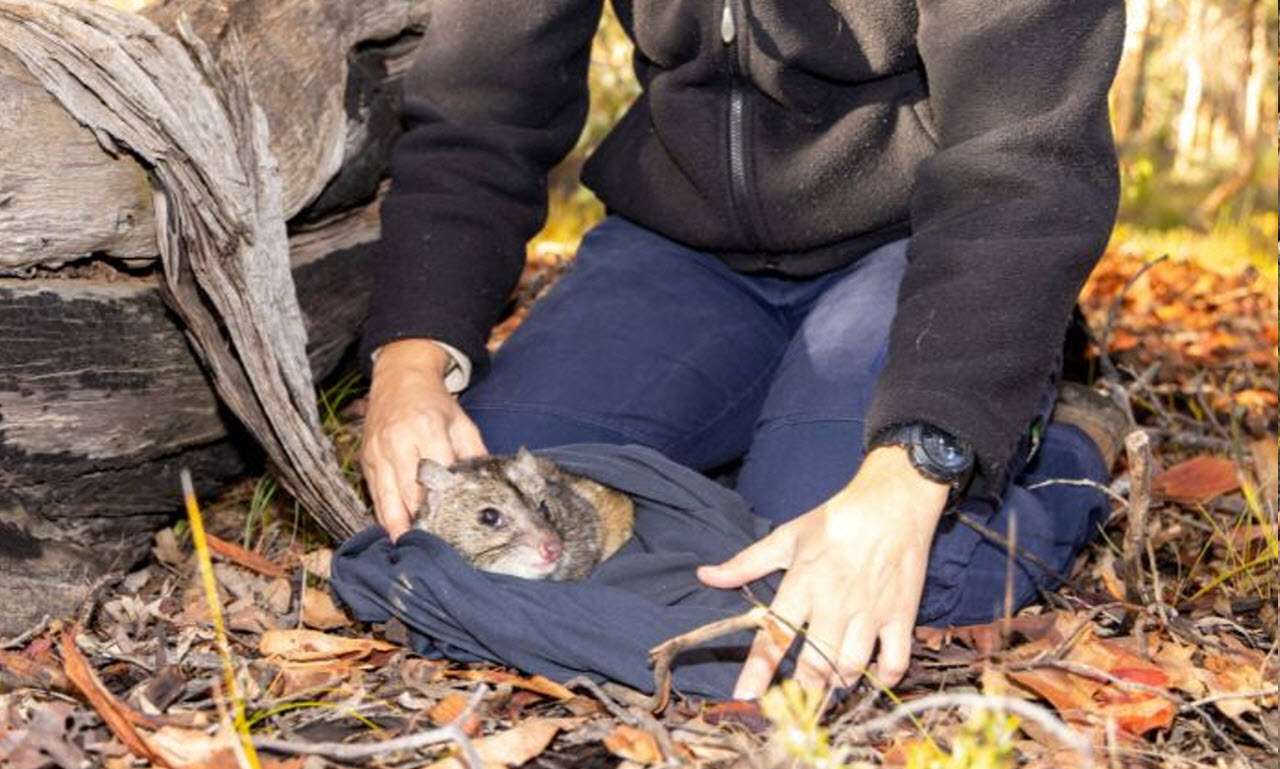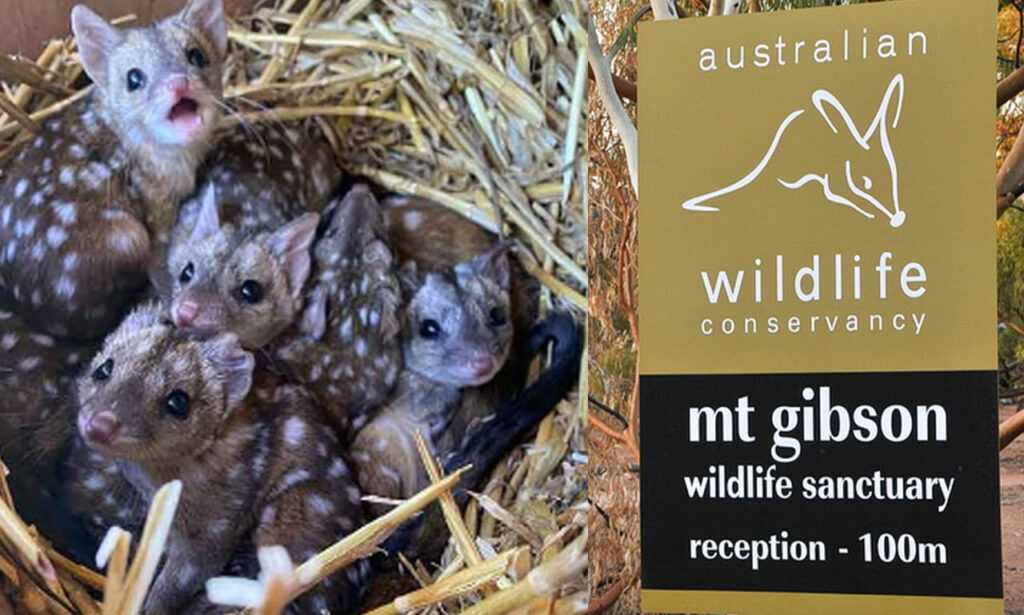You never quite know what you are going to find when you work at a wildlife sanctuary. Ecologists at the Mount Gibson Wildlife Sanctuary in Australia know this all too well.
Recently, they made a discovery and at first, it was not exactly what they thought it was. They found a newborn litter of little creatures that were described as being ‘spiky’ but they weren’t the normal creatures you would think you would find.

These little creatures were on the endangered species list and they are ‘Western quolls’. They are a type of marsupial carnivore that at one time, found a home in many parts of Australia.
Many years ago when Europeans started coming to Australia to populate it, the species began to decline in population. These days, the Western quolls, which are also called chuditchs, are only found in small clusters in the southwestern corner of Australia.
The litter that they found were tiny but they grew up to be about the size of a house cat. They are also very important for the ecosystem because they control smaller invertebrate populations and help to keep bird and reptile populations level.

The marsupials have been introduced to the wildlife sanctuary in an area where they were extinct. Now that they have discovered the baby marsupials, it’s clear that they have seen a level of success. Obviously, they don’t have a problem reproducing.
According to Georgina Anderson, AWC Senior Field Ecologist at the wildlife sanctuary: “Through regular monitoring, we can see the quolls are doing well at the sanctuary and encountering the first pouch young is a positive sign that they have adjusted to the new environment.
“One quoll that we’ve named Aang is a regular at camera traps we set up at the release sites. He is one of our largest and most striking quolls with a personality to match – often making rounds of multiple sites to collect the chicken we use as lures and disrupting our bait canisters.”
